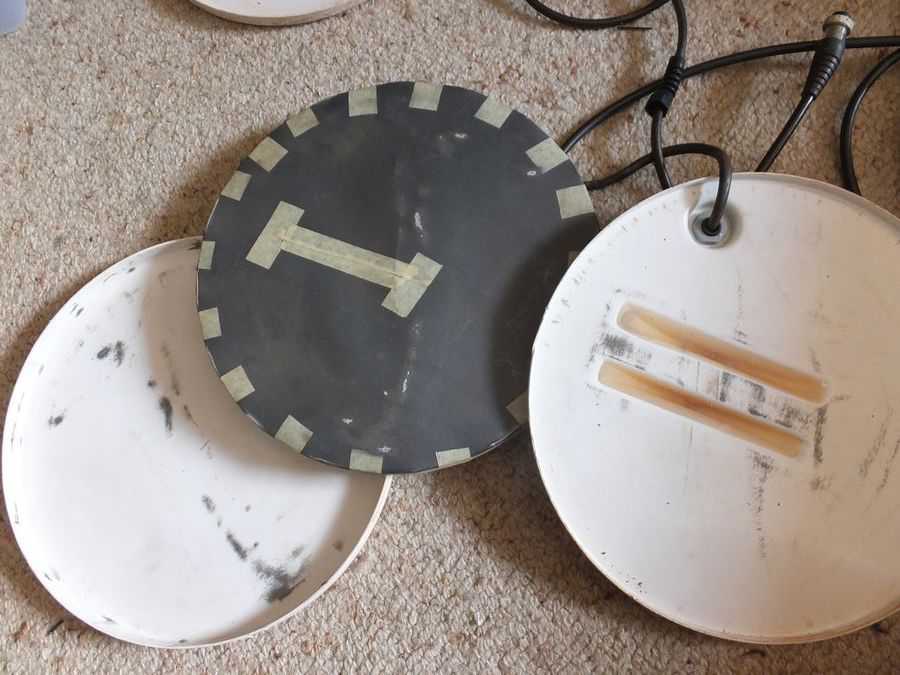
The trouble with coils
The most obvious sign of a bad coil is if you get a signal from wet grass or green vegetation, this indicates a break down of the shielding inside the coil, but it can also indicate that the lead to the detector coil has some broken strands in the outer shielding. The breakage is caused by overly tight cable glands cutting into the cable over a long period of time, this is mainly applicable to older style coils as the coil manufacturers these days are changing the way the cable mounts into the coil housing.

Nearly all coils have shielding made from Graphite or fine Carbon mixed into a carrier material to make a partially conductive paint, depending on the way the coils are made this paint is either applied inside a mould and an expanding foam surrounds the coil wire winding and then sticks to the paint on the mould or the paint is applied directly to the foam with a spray gun or paint brush. Some coils have the shielding done with paper cut outs painted with the shielding paint and glued to the foam and coil assembly.

In all these coils there is a difference in the rate of thermal expansion of the coil housing and the foam core with the shielding paint, over time with thermal cycling, the two parts rub and can reduce the conductive paints effectiveness and cause ground balance issues and general coil noise.

Most coils can be pulled apart and inspected for issues, most coil housings are made from ABS plastic and are glued together with MEK that melts the plastic parts together. The coil halves can be separated with some care being taken and then joined again with MEK. Plastic filler for ABS can be made from obtaining some scrap ABS and dissolving it into MEK to make a filler glue for repairs to scuffed out coil bottoms or repairing cracks in housings. The shielding can be measured with an ohm meter, just check the resistance of the shielding over 25mm to be between 40 ohms and 200 ohms, some coils can be higher, some lower, it is not too critical. Make sure the shielding is connected to the outer conductive braid of the cable.
To get the most out of your coils and the longest life I suggest painting the coils white, the reasons are that white reflects heat and heat attacks the foams, resins, glues and binders that are used in a coil, I measured the surface temperature of a white versus dark grey coil during summer and was surprised to see the darker coil at 65c while the white one was 45c.
With most coil problems the noise increase happens very slowly over time and continues to get progressively worse.